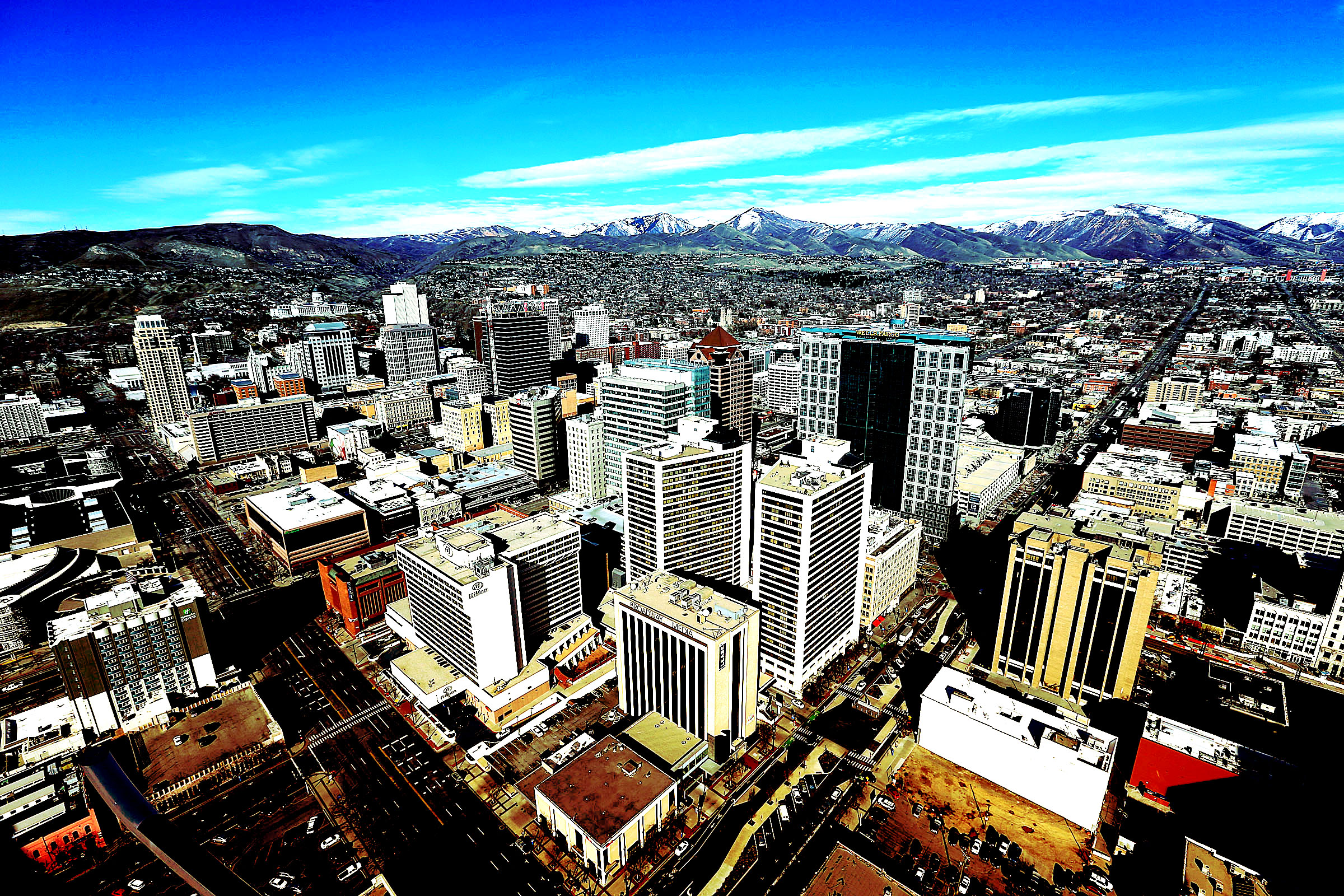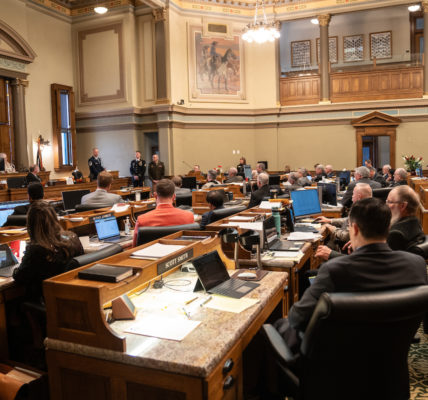The good news is that the official unemployment rate has fallen to a very low 4.4 percent, approaching what economists call “full employment.”
The bad news is that the real number of out-of-work Americans may be closer to 14 percent, according to a new study by the Brookings Institution.
The study arrives at its number by including not just those actively looking for work but also those who need jobs but gave up looking.
The Brookings study also splits out-of-work Americans into seven groups, outlined in the following pie chart. The groups are divided mainly by age and education levels, with the largest group made up of those with low education levels in their prime working years.
The point of the study is that better understanding who needs work is the key to finding better solutions that fit their needs.
Many economists have long questioned the traditional unemployment figure because it ignores people working part time who would rather be working full time as well as discouraged workers who have left the workforce and are no longer actively seeking work.
To better capture these discouraged workers, many experts look to the Labor Force Participation Rate, as supplied by the Bureau of Labor Statistics. The participation rate categorizes everyone over the age of 16 as either in the workforce or out of it.
But that number may be too broad. The Brookings researchers note that many of those out of the workforce would not work even if they could find a job, which is a different question than whether they are actively looking.
In arriving at a final “out-of-work” total, the study included those who were out of the workforce and not looking, but excluded students, the elderly, the disabled and those who choose not to work because their spouse’s income is sufficient.
The largest group of out-of-work Americans in their analysis was by far “less-educated prime-age people.” This group has low education levels, with 44 percent having not completed high school.
“The plurality [of the “less-educated prime-age people group”] is Latino,” the study notes, “and nearly half were born outside the United States — although two-thirds of all members are U.S. citizens. A large percentage are English language-learners and over half speak a language other than English at home.”
The next largest “out-of-work” group, at 13.9 percent, is the “motivated and moderately educated younger people” group, with a very different profile.
This group has at least some college, and often an associate’s degree. They are young, usually native English speakers, and a much higher percentage of them are caring for children.
The gist of the Brookings study is that policy solutions require a better understanding of problems, and that sweeping labels such as “the unemployed” can often hide as much as they reveal.
Tailored solutions suggested in the study include job search help for older workers approaching retirement and educated but underemployed younger workers, which together comprise about half of out-of-work people. Additional education and job training are more appropriate for less-educated younger workers, the report argues.
Email: eschulzke@deseretnews.com
![]()
- 1Share





